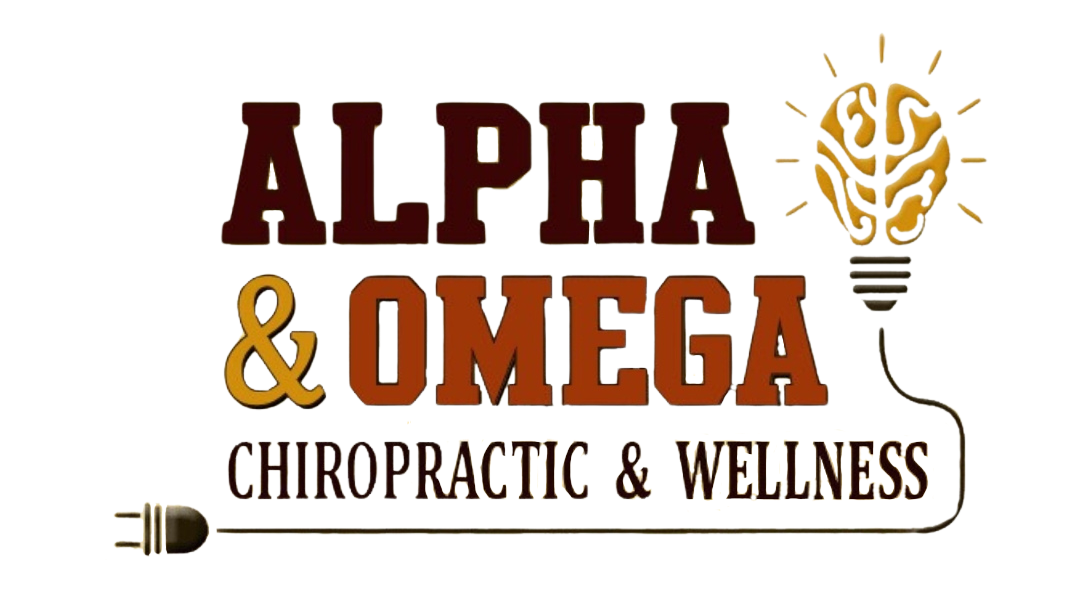Spinal Disease Pt 1
Today I want to talk about the disease process in the spine. How do we go from healthy to diseased? There are quite several different diseases that can affect the spine, but I’m going to cover the most common today. We can start our discussion of spinal disease with the spinal disks. Between each bone of the spine is a disk, made of softer connective tissue, that acts as a shock absorber to the spinal bones. This disk is incredibly tough and is composed of living cells that are constantly regenerating. A healthy disk is actually much stronger than the spinal bones, if you were to smack the spine with a hammer the bone would break before the disk was injured. The protentional flaw with the disk is the mechanism it uses to get nutrients. Because the disk is soft, the body doesn’t use blood vessels to deliver nutrients to the disk. If it did, the weight of the body would compress both the disk and the blood vessels, essentially cutting off the blood supply, So, instead of using blood vessels, the body uses the soft nature of the disk to absorb nutrients from the bones above and below the disk. In other words, the disk acts like a sponge when you move. As you move your spine, the disks move and suck up the fluid and nutrients it needs from the bones above and below the disk. Here is the starting point for spine and disk disease. If the spine does not move properly, then the disk cannot get the nutrients it needs to regenerate and begins the slow process of drying out and wearing out. As the disk dries out, it becomes more brittle and can crack. The disk has two distinct parts, the center of the disk is composed of a jelly like substance, and the outside of the disk is composed of protein rings that hold the jelly like center in place. As the disk dries out, the protein rings closest to the jelly center tend to crack first. This allows the jelly to seep into the cracked portion of the disk and slowly widen the crack. Eventually the crack widens enough to allow the jelly to become displaced, causing a disk bulge. This bulge can irritate the spinal nerves, causing shooting pain, numbness, and muscle weakness. The damaged disk also becomes very inflamed, causing localized pain around the spine. Now the inflammatory process is very important for the disk. Inflammation causes swelling, pain, and muscle spasm. The swelling brings vital fluid into the disk, remember the disk rehydrates through movement, and it is dried-out disk that cracks and allows the disk to bulge. The fluid from the swelling helps rehydrate the disk. The pain sensation is a series of chemical messengers that signal the body’s repair mechanisms and keep the person from performing movements that would further injure the body. The muscle spasms provide the body with a way to essentially create a cast around the injured area. The muscles lock down the bones around the injured disk, preventing movement that might create further injury.

